QuestionQUESTION: I have a nine months old male puppy, and I was wondering if it is too late to do biting inhibition. He bites/tries to bite whenever I try to grab his harness so that we can take him home after an exercise in a fenced field. I let him run around freely, and since he does not respond well to our recall yet--not with all the distractions, but at home he is great at it--we kind of have to take his harness. Maybe he associates my grabbing his harness with something bad, since it ends the fun time, but I think biting my hand is still not an appropriate way for him to react. Also, whenever my dad tries to pick him up to wash his paws after a walk, he sometimes nips and bites. He doesn't nip when we try to pick him up some other time. I don't think we did a very good job on bite inhibition when he was younger.
I have just started reading Jean Donaldson's "Culture Clash," and there was something about bite inhibition, and how important it is to start when he is a little puppy. It said to let the baby chew on your hand when play-biting so that you can give feedback on his jaw strength, thus "creating" a soft-mouth dog later on. However, I was told before to NEVER, in whatever circumstances, to let your puppy play bite you, so I've reprimanded him whenever he did that so now I am afraid that he might have not received proper bite inhibition, thus the nipping and the biting. I don't think he understands that he is not supposed to bite.
Is it too late to start bite inhibition? What would be a good way to teach him that biting is not appropriate?
ANSWER: Sun,
Of course it is always easier to establish good habits from the beginning and not have to extinguish bad behavior and replace with good. I can tell simply by your information provided that you have not established leadership of or gained honor from the dog. This goes beyond the biting and really should be dealt with too or it will escalate to a point of creating problems in other areas of interaction with the dog. The book you have just purchased is what real dog trainers would call a "Salt" book. In other words it is so opinionated and lacks true fact basis and spends so much time slamming everyone that doesn't think exactly the same as the author as stupid and barbaric, that you need to take it with a "Grain of Salt". There is some good information about dogs being dogs and understanding that they do not think like people but her food based training answers are way over the top and anyone that thinks a clicker can be anymore affective than a verbal praise is professing their ignorance of a true understanding of a dogs thought process. I would suggest that if you want a good understanding of how to teach a dog with a simple straightforward approach that you buy my simple ONE, TWO, GOOD DOG! booklet at my web page. It isn't a method as much as a process that explains how to communicate your desires to your dog in a teaching process that the dog understands and allows you to use any method you so choose. Now off my soap box and to answer your biting concern.
Normally I would want more information on the dog and the behavior. I would ask what size and breed of dog? Does this biting occur whenever you want the dog to do something it doesn't necessarily like to do? Now to deal with getting the dog to understand that this biting is not acceptable you will need to extinguish the behavior by making the dog uncomfortable anytime it bites or attempts to bite. We want to get a good number of reps in a short period of time with consistent application so we will have to create the situation and not wait for it to occur naturally.
If you have a tendency to react to the dogs nipping by pulling away then get a pair of heavy leather welding gloves so you are not as likely to react to the dogs nipping. Now place yourself and the dog in a situation that will create the behavior of nipping. AS the dog nips do not pull away but instead assert yourself by using the short "a" sound "AAAAAAAH" in a loud, firm, strong voice. This will generally startle or distract the dog enough that it stops the bite behavior. Reward immediately with a strong firm vocal praise (do not coddle) accompanied by pats and rubs on the chest and sides. Do not stroke down the back or pat on top the head. This entire process should take no more than 2 seconds with praise continuing for another 2 or 3 seconds. Now repeat the process. You are looking for no less than 15 reps in 3 to 5 minutes.
When the dog quits biting on its own then open its mouth and place your hand inside and continue the process. After a few reps the dog will not even want your hand in its mouth but continue with putting you hand against its lips and teeth until you get the 15 reps or more. It is important to understand that we are accomplishing two things here. One; we are extinguishing the bite behavior simply by making the dog uncomfortable with the "AAAAAAH" when it exhibits it. Two; we are teaching that not taking our hand in its mouth brings reward and praise. The important factors are the sequence and timing of this exercise. It needs to be quick, less than 2 seconds and the praise/reward needs to follow the desired behavior (not biting) within 1/2 of 1 second or nearly simultaneously. If you want to use treats as a reward you will need to use them in a follow up with the vocal praise. Here is how the ONE, TWO, GOOD DOG! protocol fits this process. The "AAAAAAH" causing the dog to quit the bite (ONE), The dog quitting the bite or refusing your hand in its mouth (TWO), and the praise/reward (GOOD DOG!)
For further information on the this protocol you can get my booklet online at:
http://invincibleservices.com/html/one__two_good_dog_.html
You will find this booklet easy to understand and implement with your dog. It is written for the average dog owner and doesn't use the normal "trainer talk" that may be confusing to everyday dog owners. Short and to the point and not written as an opinion or to spend time "slamming" training methods but simply applying the 3 step learning process that occurs every time a dog learns anything.
Need clarification feel free to call. DR. Hogan 509-991-0385 until 10 pm pacific time
---------- FOLLOW-UP ----------
QUESTION: He is a medium dog, a Beagle. How would I establish myself as the leader and make him honor me? If I were to establisy myself as the leader, would he bite less?
AnswerI've just explained how to deal with his biting behavior. This will begin to establish you as the leader. You really need to invest in my booklet to get a total understanding of how to establish a good relationship with your dog and help it to learn what you require of it. Control, Honor, and leadership are all very necessary and are covered in my booklet. Leadership will not do away with the biting by itself but will make the process a lot easier.
http://invincibleservices.com/html/one__two_good_dog_.html
Dr. Hogan 509-991-0385 until 10pm pacific time

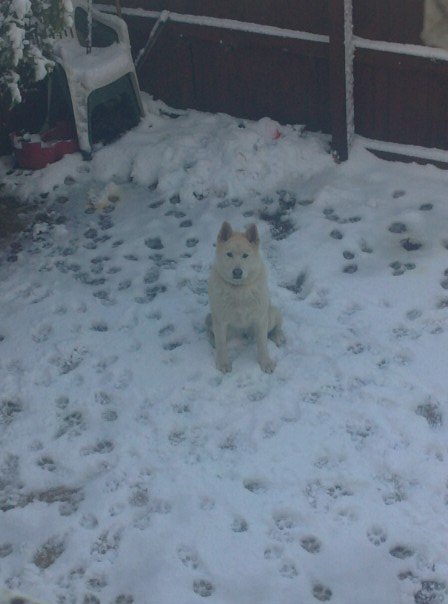 Dog Training And Punishment?
Question
Maya
hi there i have an akita X husky,
Dog Training And Punishment?
Question
Maya
hi there i have an akita X husky,
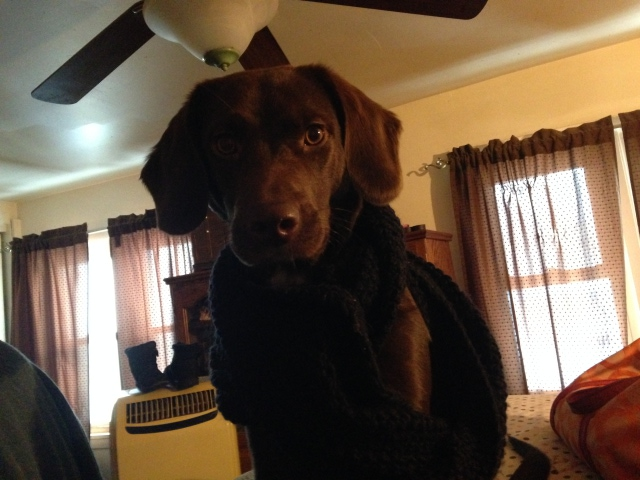 1 year old Choco Lab is very skiddish...
Question
Ginger Coture
Hello there, I have a 1 y
1 year old Choco Lab is very skiddish...
Question
Ginger Coture
Hello there, I have a 1 y
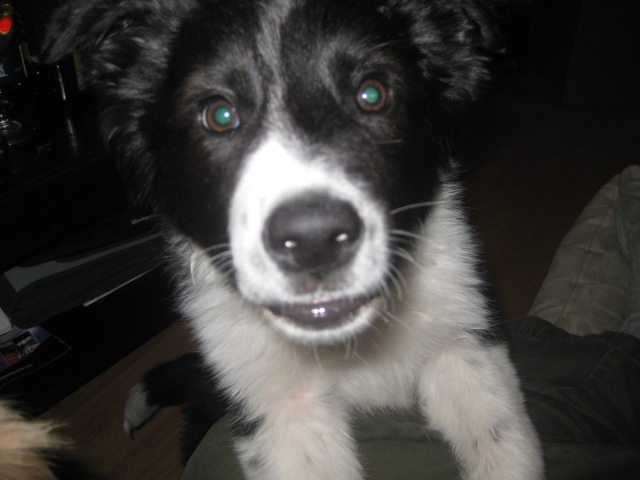 Border collie help
Question
Miaya
Hi
We have a 16 week old border collie.
Border collie help
Question
Miaya
Hi
We have a 16 week old border collie.
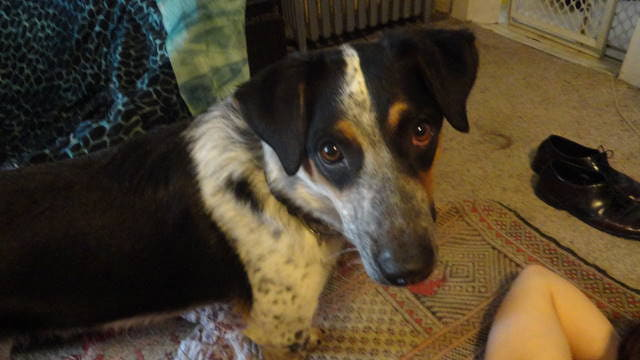 A doting mother in need of help!
Question
Chewy
In the past year I got a cattle d
A doting mother in need of help!
Question
Chewy
In the past year I got a cattle d
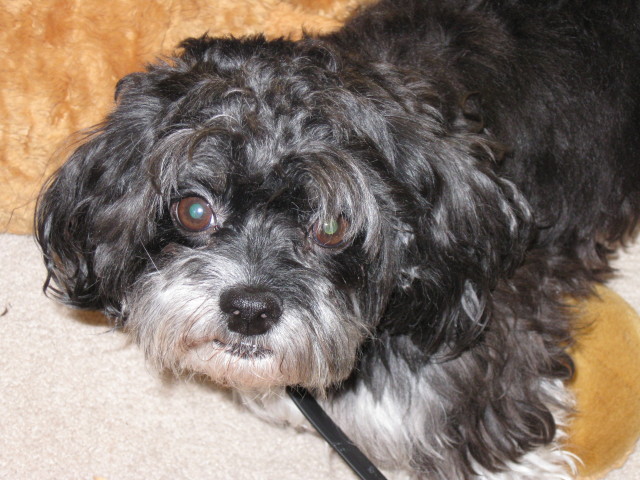 Fearfull rescue dog
Question
Kiah
I have a puppymill rescue. She is a
Fearfull rescue dog
Question
Kiah
I have a puppymill rescue. She is a